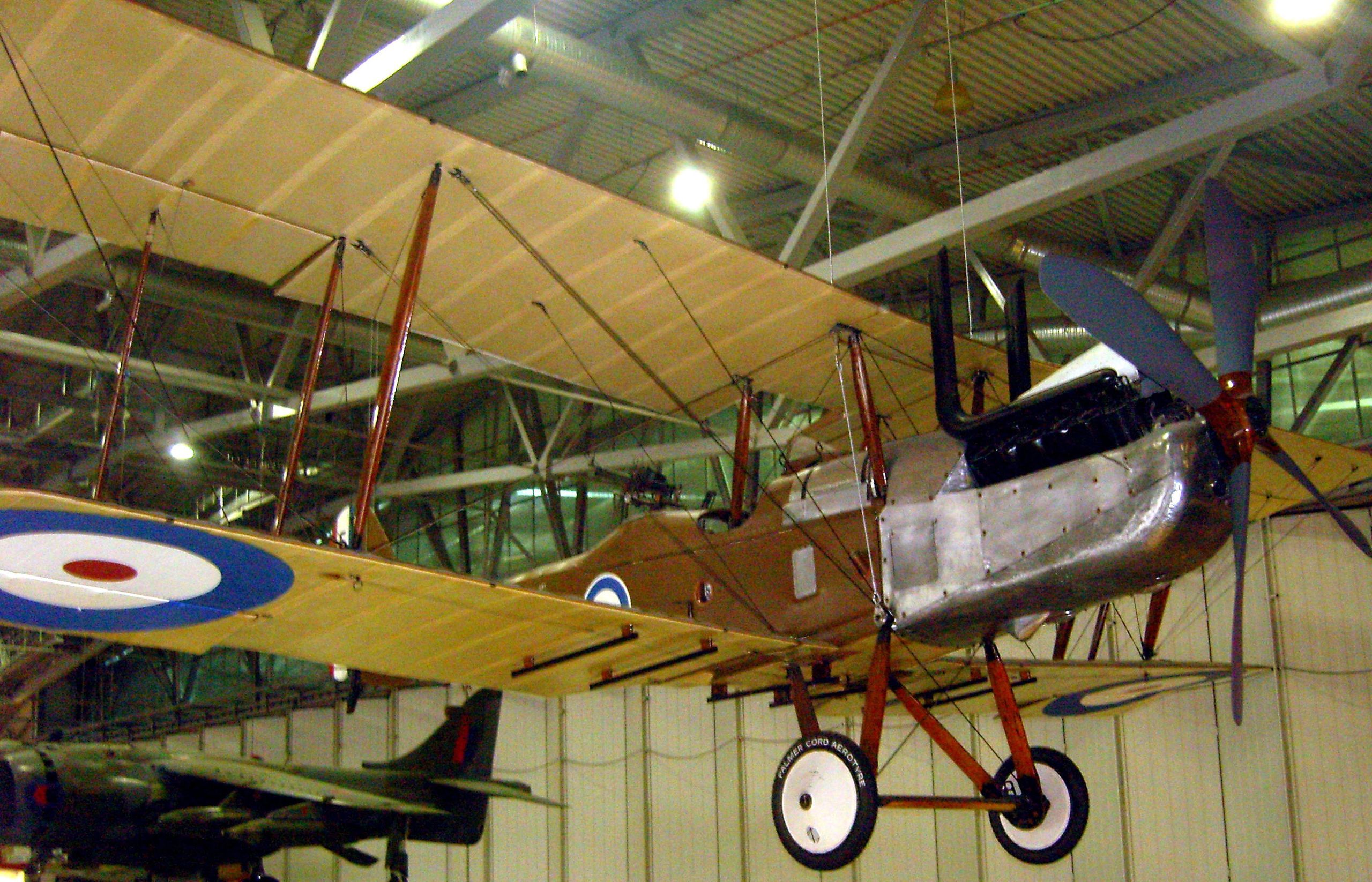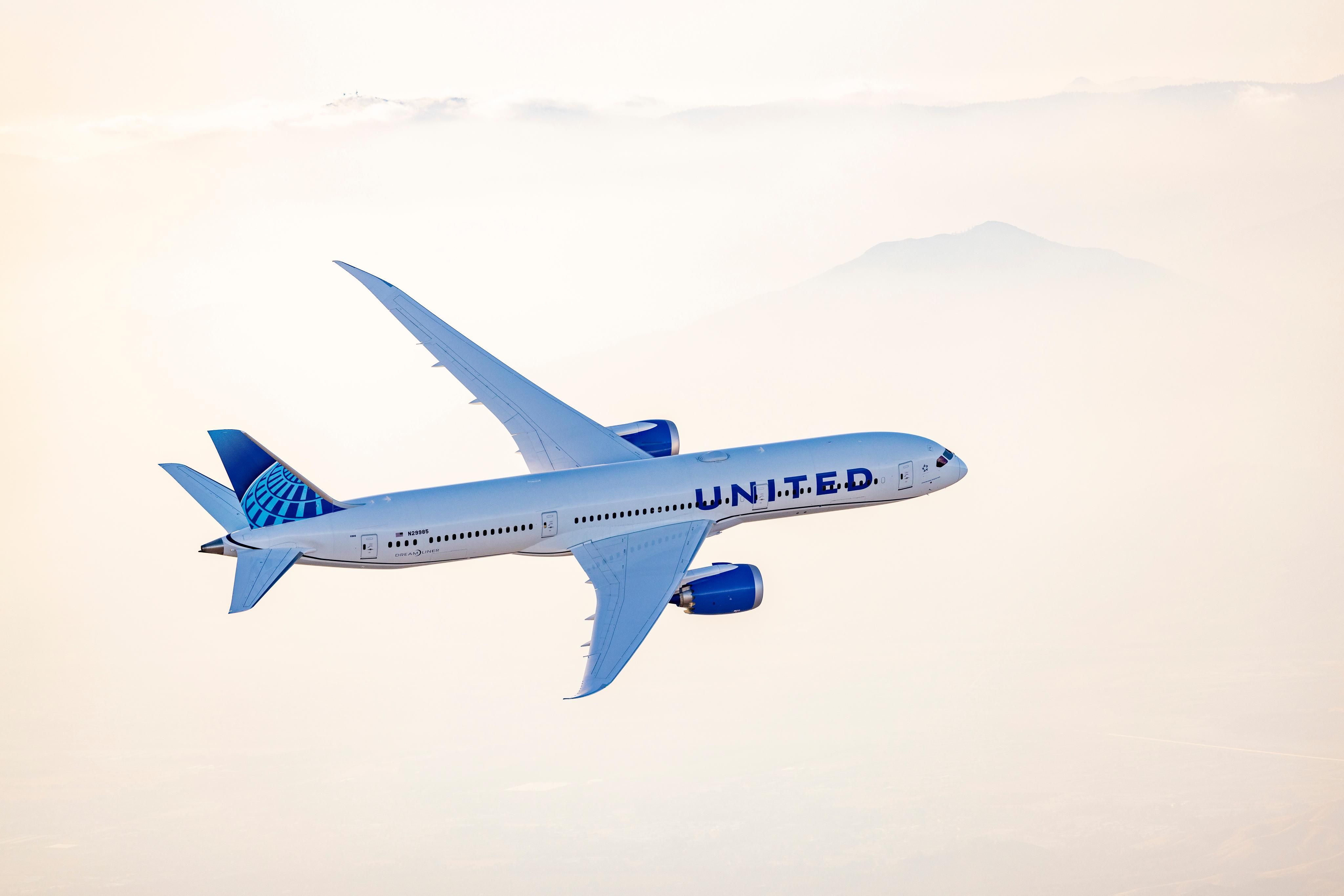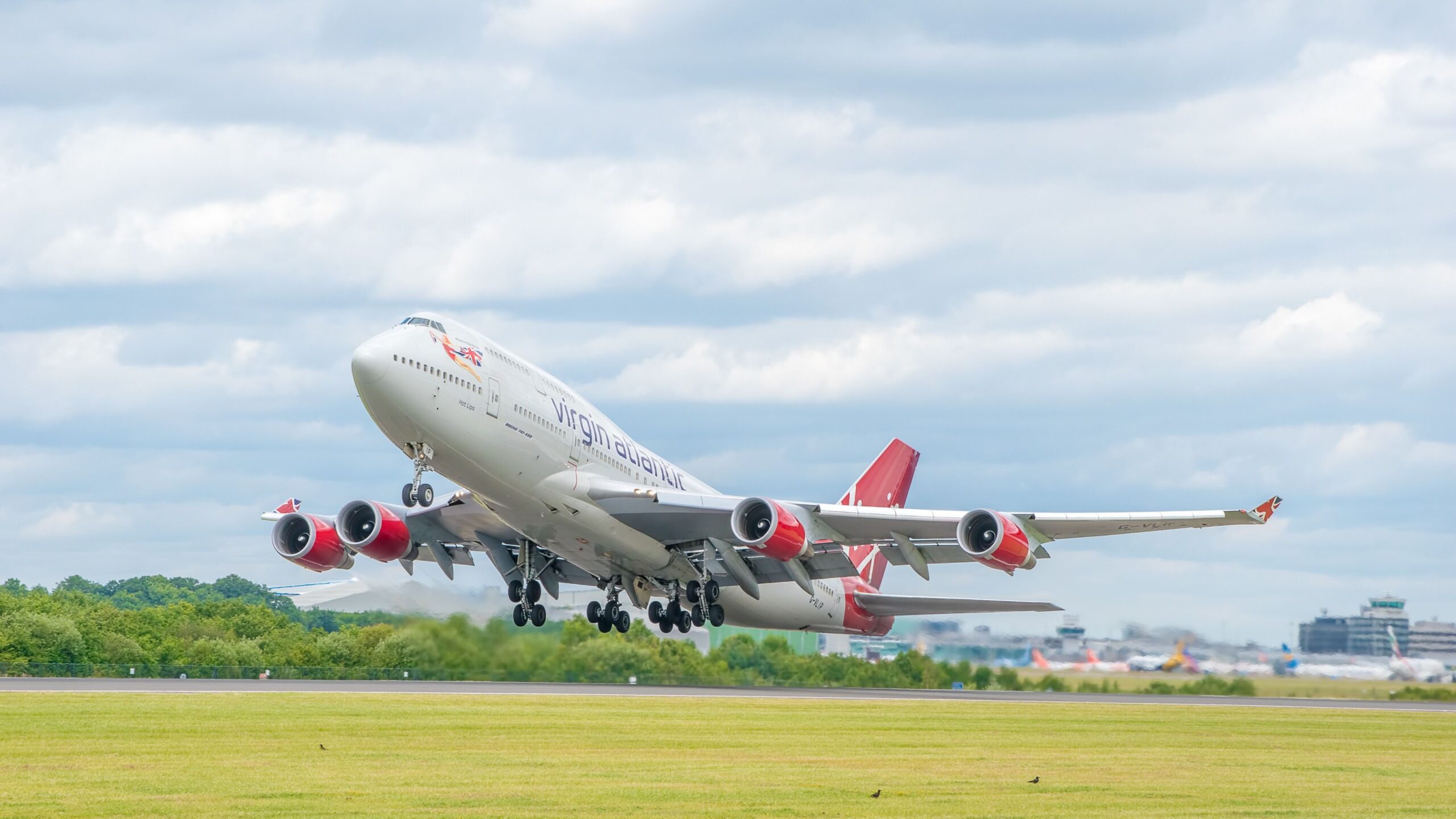Summary
- Ricky Ellcock transitioned from cricketer to pilot, becoming Virgin Atlantic’s first black captain.
- He overcame doubt to pursue aviation, battling health challenges to reach new heights.
- Ellcock continues to inspire diversity in aviation today, highlighting the limitless possibilities.
When it comes to famous captains, the first that usually come to mind are John Travolta and Chesley Sullenberger, but hailing from Barbados, was Ricardo McDonald Ellcock, who, after his cricket career, invested in flying for Liat and Virgin Atlantic. Ellcock was born in Redmans Village, in St Thomas Barbados, in 1965, and today is almost 60.
He was known to be a fast bowler and, throughout his career, struggled with several injuries, including a ravaged spine at just the age of 25 that restricted his progress. Ellcock had aspired to play for England from a young age, even growing up in the West Indies. However, another interest he always had his eye on was flying.
When Ellcock was around 12 years old, he recalls a conversation he had with his father. When the question was asked, ‘What are you going to do when you get older?’ Ellcock alluded to that he would like to learn to fly. His father was quick to respond, ‘Black people don’t fly airplanes.’ From this day on, Ellcock was motivated to prove his father wrong and show that black people could do anything.

Related
Robbie Clarke: The Story Of The RAF’s First Black Pilot
Clarke was one of 15,600 Black Caribbean volunteers who enlisted to fight during World War I.
Playing for England
Eventually moving to the United Kingdom, Ellcock played for six seasons for Worcestershire from July 1981 to December 1988. He wasn’t seen as having a huge potential; however, once he moved to Middlesex from January 1989 to December 1992, his career improved. His accuracy and fast bowling saw him take 32 wickets, which was enough to persuade the England cricket team to take a chance with him for the winter tour of the Caribbean in the 1990s. He had to withdraw early due to a stress fracture in his back and missed all of the 1990 tour.
He attempted an unsuccessful comeback in 1991, where he invested his savings. An insurance payout from the Test and Country Cricket Board enabled him to afford training to become an airline pilot with the British Aerospace Flying College. Ellcock was then eventually recruited by Leeward Islands Air Transport Services (operating as LIAT) between May 1995 and April 1997.
Come May 1997, it was time to move on to bigger things, and Ellcock applied for a role with Richard Branson’s Virgin Atlantic Airlines. Once his application was accepted, he became the first black captain in their fleet. Operating the Boeing 747 from London Heathrow (LHR) and London Gatwick (LGW), popular destinations he served included multiple in the United States and Caribbean. While his love for flying continued, he admitted that piloting jumbo jets was nothing more than a ‘glorified taxi service.’
Illness at 30,000 feet
In 2021, Ellcock had started to feel poorly. In recent weeks, he thought he had a permanent cold and reiterated that flying can play havoc with your sinuses with continued recycled air, so he didn’t think much more of it. However, his coordination continued to deteriorate, and he blamed tiredness and a heavy schedule for taking a holiday.
However, when operating a flight across the Atlantic Ocean, his health deteriorated so much that he handed the controls over to his co-pilot and retired to the crew bunks for the remainder of the service. On arrival, an ambulance met him on the apron, and he was taken straight to the hospital, where tests identified he had experienced a subdural hematoma. Brain surgery was initially tabled to relieve the internal bleeding, but repeated seizures of increasing severity resulted in three brain operations.
Fortunately for Ellcock, his family, and the cricketing fraternity, he pulled through. While he thought his flying days were over, his consultant permitted him to fly again, and he was able to operate a service back to Barbados to see his family. According to Ellcock’s LinkedIn profile, he still flies for Virgin Atlantic today. The sky was the limit for Ellcock, and he continues to inspire those of color aspiring to work in aviation.
Paving the way for a change in the skies
Captain Theresa Claiborne was another famous pilot who inspired future African American aviators. Claiborne was the first African American female pilot to join the United States Air Force in 1981. She was commissioned as a second lieutenant in the USAF.
Theresa M. Claiborne was born in 1959 to a military family. She attended the University of California at Berkeley for Air Force Reserve Officer Training Corp (ROTC) and discovered her love for flying. In 1990, Theresa was admitted to United Airlines as a first officer. She retired on May 23rd, 2024, at age 65, after flying for United Airlines for 34 years. At the time of her retirement, she is the second-ever Black female pilot at United Airlines and one of only 25 female pilots at the airline. Her last landing was at Newark Liberty International Airport.
Captain Claiborne has type ratings for the Boeing 737, 747, 757, 767, 777, and 787. She became a captain on the 757, 767, and 787 types. She is also a director and founder of Sisters of the Skies. This non-profit aims to make the next generation of aviation professionals more diverse by offering workshops, mentorships, and scholarships.

Related
US Air Force’s 1st Black Female Pilot Retires From United Airlines After 4-Decade Career
Captain Theresa Claiborne has flown over 23,000 hours during her illustrious 34-year career.


.jpg)